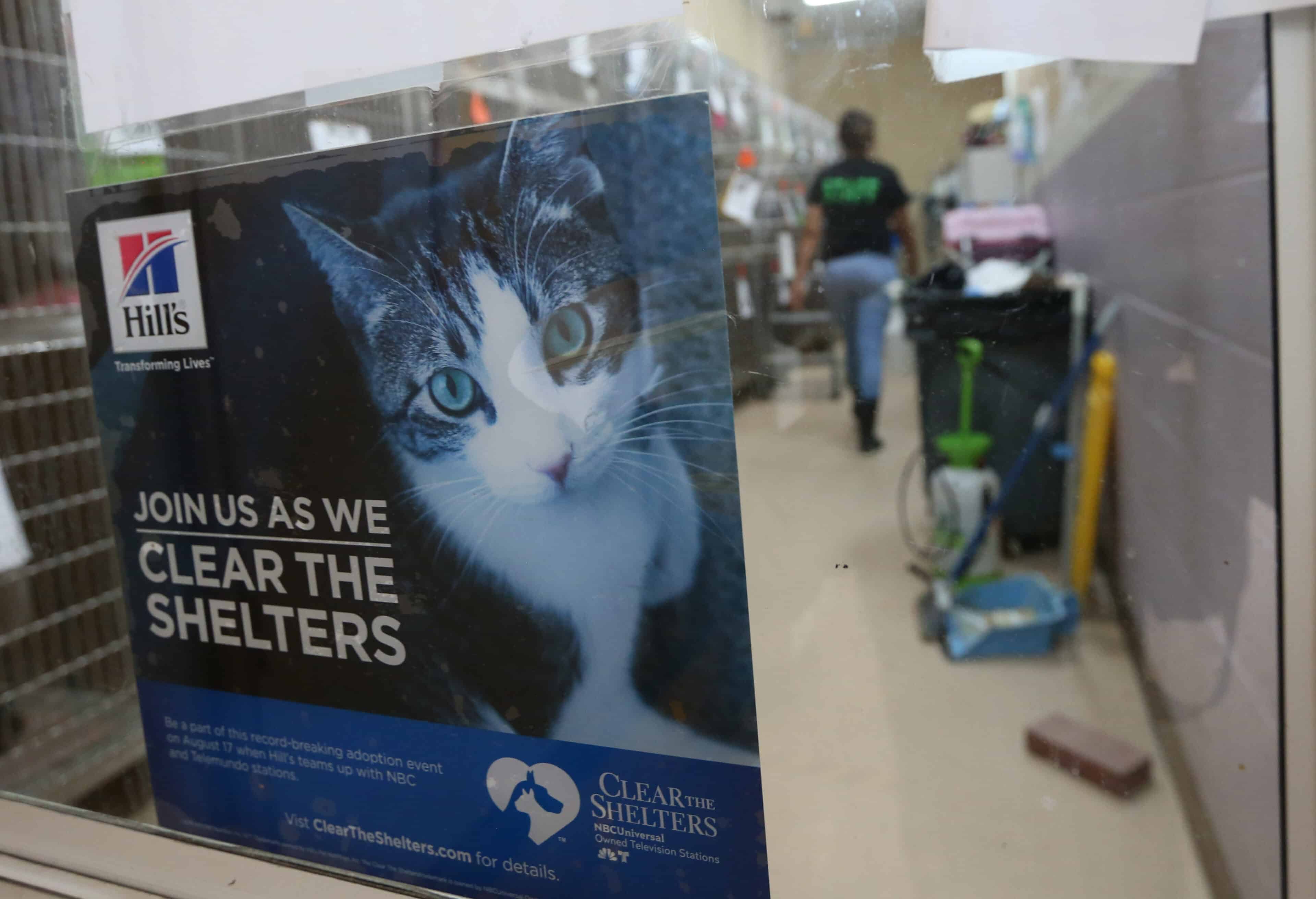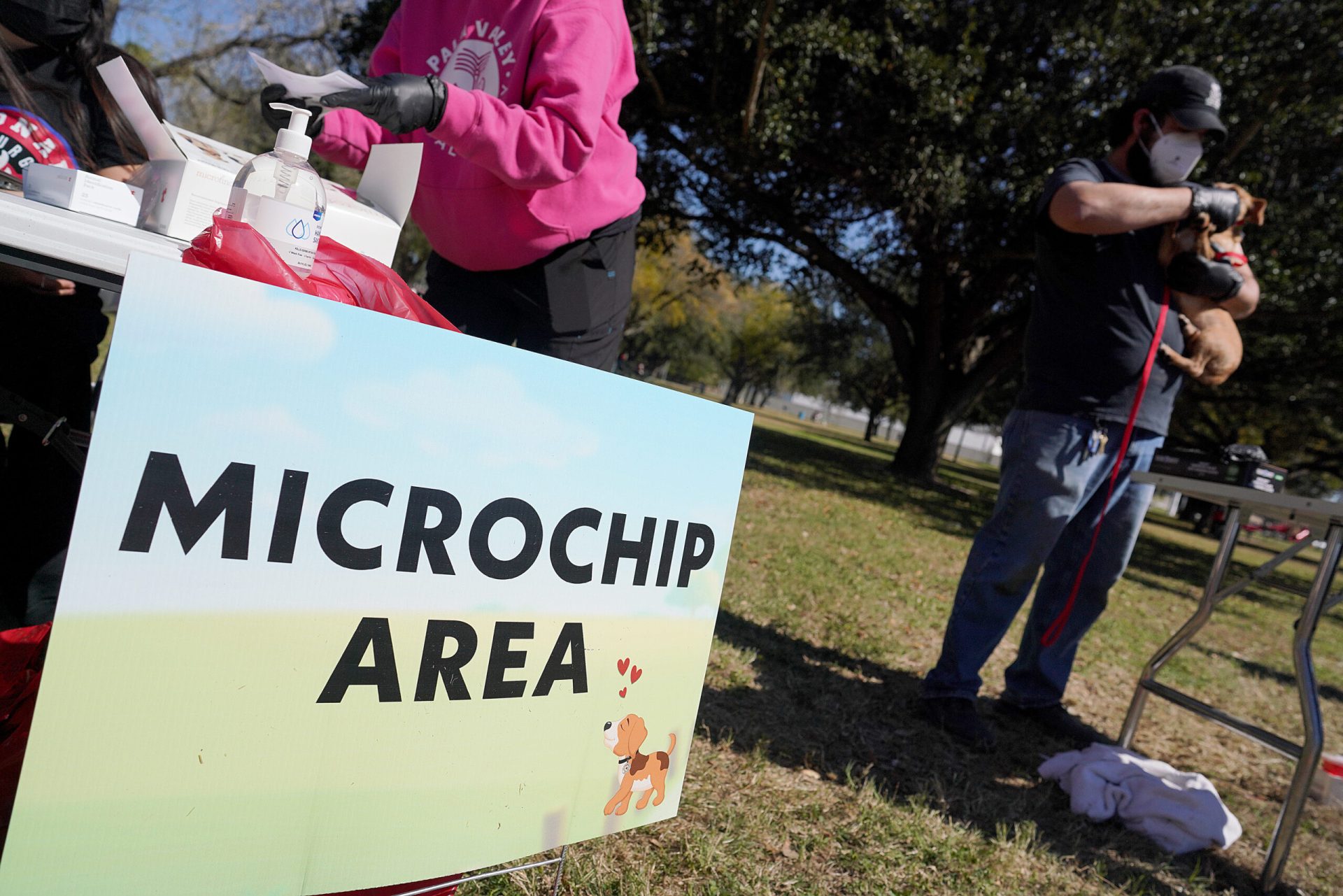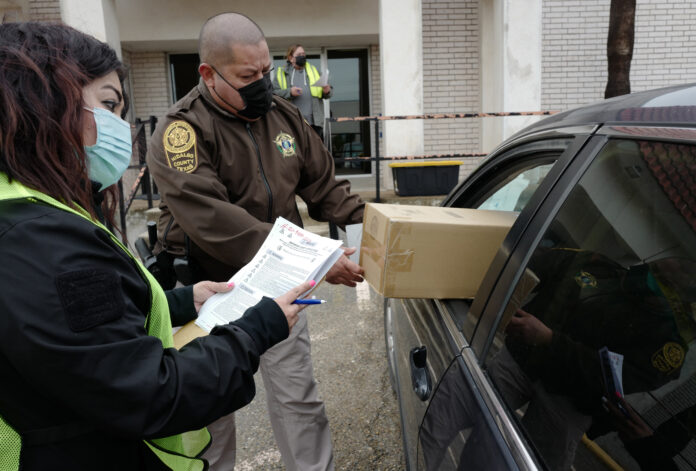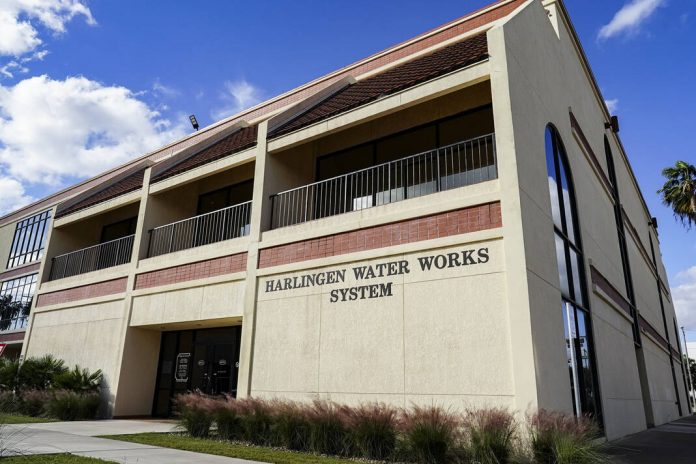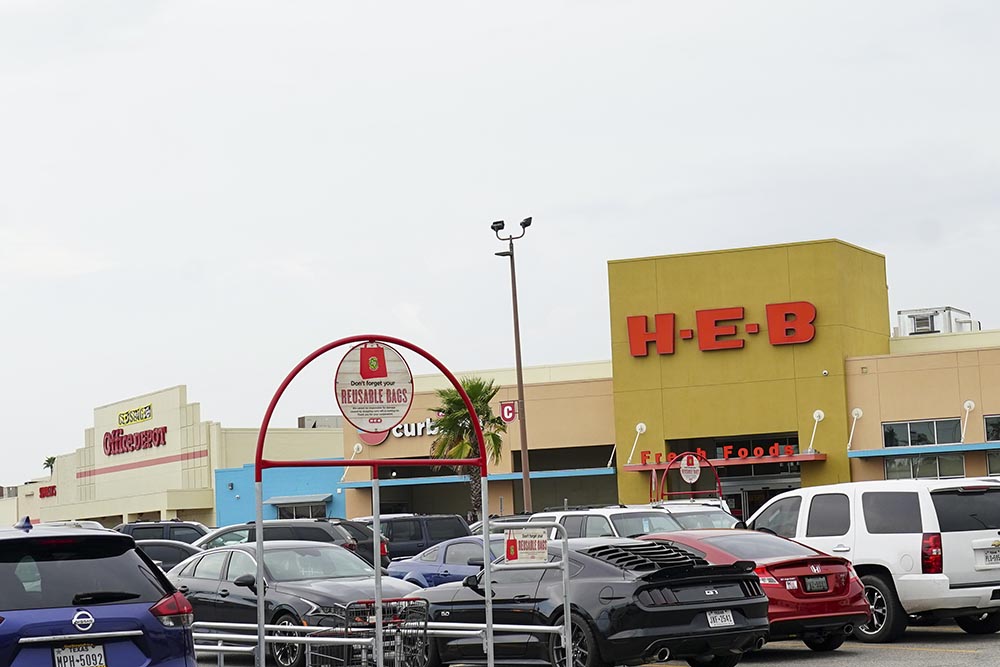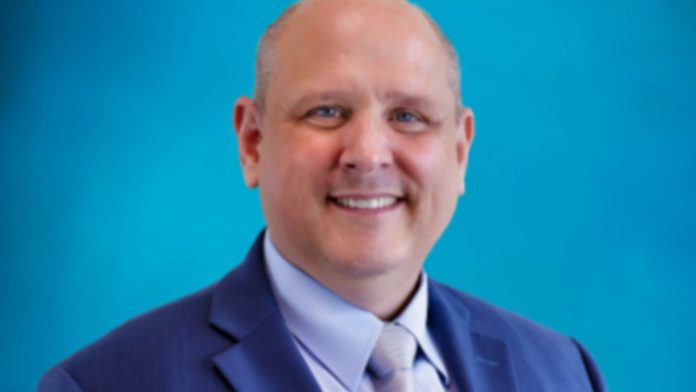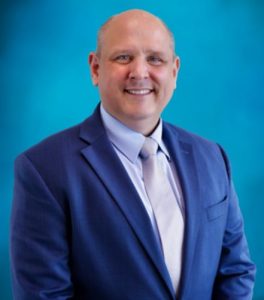A popular storyline in fantasy crime stories involves an evil genius or terrorist group that threatens to inject a poison or mind-altering drug into a city’s water system. That threat is becoming less of a fantasy and more of a reality in our nation’s increasingly automated, and internet-based, utility systems.
Unfortunately, we can’t count on Batman to come and save the day.
The recent cyberattack against several water utilities underscores the need for all government offices, no matter how small, to ensure that their computer systems have the best protection possible.
The small Aliquippa, Pa., water authority was one of several utilities hit by Iran-based hackers. The attacks reportedly focused on specific pieces of equipment that were made in Israel.
Officials say the attacks raise concerns about the vulnerability of utility systems, because people who gain access to them might be able to contaminate drinking water supplies by reprograming the addition of chemicals used to treat the water, or by shutting down the pumps — and the flow of water — completely. Officials say smaller utilities might be more at risk because they have fewer computer technicians to monitor such things or their smaller budgets might mean fewer upgrades and protections against such attacks.
And yes, such attacks could happen here — they already have. Harlingen officials reported in October that Russian extortionists had attacked their police department’s servers, and several years earlier a Chinese group broke into the city’s municipal court system. Officials said the breaches weren’t significant, and sensitive information wasn’t taken.
The San Benito public school district wasn’t so lucky, however. The district reported it was hacked in December 2022, in which the attackers accessed confidential information.
Such intrusions are concerning, whether someone is able to take over a drinking water system or gain access to children’s addresses.
Many hacking incidents are the work of mischievous individuals whose knowledge of computers isn’t matched with a similar level of respect for private accounts. But some are the work of criminals who look to steal bank deposits, open or charge credit accounts in victims’ names, or extort money from them. More alarming is the increasing number of attacks by organized groups in Iran, China and Russia, which are hostile to the United States. Officials have said some of those groups could be sanctioned or operated by those countries’ governments.
It’s a growing problem that has affected financial institutions, retail outlets and private individuals. Attacks on government computer systems warrant concern because they could affect an entire community and even compromise public safety.
Public officials at all levels need to know about the threat, no matter how small their communities might be. They should be constantly vigilant against such attacks and keep their computer systems as well protected as possible.
It’s an unfortunate demand on public resources, but the possible cost of a successful cyberattack could be far greater than the investment in the best possible software or personnel to guard against such attacks.






